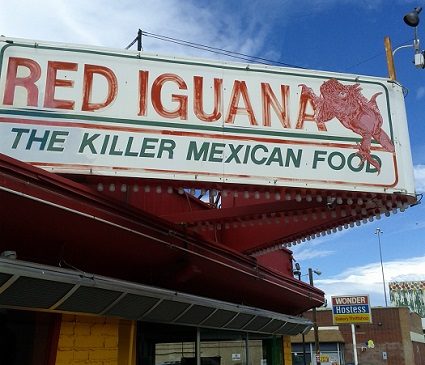Your cart is currently empty!

Content and Conversions
We wrote on Friday about the value of a long-term content marketing strategy that doesn’t focus on sales alone. We’re also working with several clients to identify the specific sources and tactics that bring converting traffic. Is there a conflict?
Before we answer, let’s do a thought experiment. Imagine visiting three brick and mortar stores:
- In the first store, there’s a friendly, relaxed vibe and lots of interesting things to look at. There’s a demo going on in one area, but it’s easy to move around the shop, it’s a fun place to take friends, and the staff are helpful. It’s fun to browse and easy to buy.
- In the second store, there’s a “No Showrooming!” sign, intrusive “SALE!” signs everywhere, most products are in locked glass cases, and salespeople dog your footsteps and jump into your conversations. Once you check out, they lose interest in you and you can’t get answers to questions.
- The third store has a party atmosphere and lots of interesting things going on, but it’s hard to find the items you’re looking for, you can’t find the staff, and it seems as though anyone who needs to ask for help probably isn’t cool enough to shop there.
Which store will get your business?
It’s the same with your website. You don’t want to make conversions difficult — it has to be immediately obvious what you have to offer and how visitors can get it:
- If you have an e-commerce website, make the whole path to purchase easy, including finding products, putting them into a cart, and checking out.
- If you have a brand website, make it clear what your products are and where they can be purchased. If you offer an e-commerce option as well, see above.
- If your website is for lead generation, make it clear how a visitor can become your client, patient, or whatever relationship you envision for your visitors.
- If you have a brick and mortar location, show your address and hours
- Include contact information
This is the online equivalent of putting a refrigerator case of milk near the door. If someone wants to grab a gallon of milk as they rush home, they’re not going to enjoy running a gauntlet of product demos on the way to and from the dairy case.
Since you’re online, you can have myriad refrigerator cases: sales pages for each product you offer, linked from email offers or paid search for their primary keywords, can drive conversions among people who know just what they want.
But your website is more than a sales page. Modern consumers check out an average of 9 pieces of information before they buy. The modern path to purchase typically includes searches for information as the consumer develops awareness of the problem or opportunity, learns about alternatives, compares options, and finally decides. You need to be there all along the way, and that means great content produced with SEO in mind.
With most products, you also want to be there after the sale, to encourage repeat sales and lengthen the customer lifecycle. Your website needs to provide additional value for your customers before and after conversions.
This balance of goals — being found, making conversions easy, and providing additional value — breaks down this way when it comes to web design and web content:
- Simple, clear navigation
- Plenty of great content, with a homepage that clearly states who you are, what you have to offer, and how to get it
- A convenient path to purchase with a highly usable check out process
There’s no conflict between great content and conversions, but they’re also not an either-or proposition. Your website has to bring people in — repeatedly, for most businesses — and also support your customers’ path to purchase.
by
Tags:

Leave a Reply